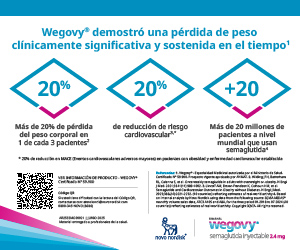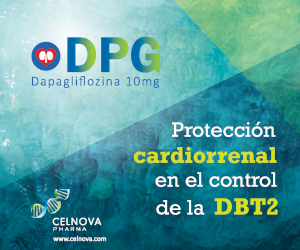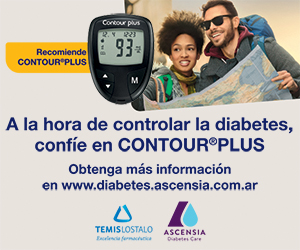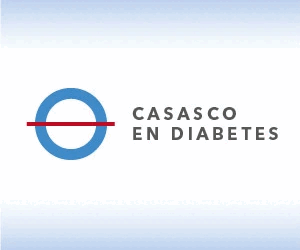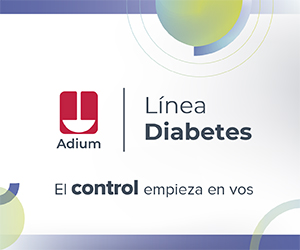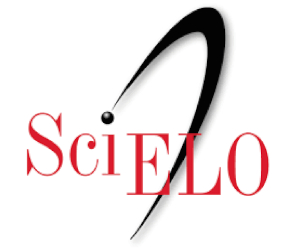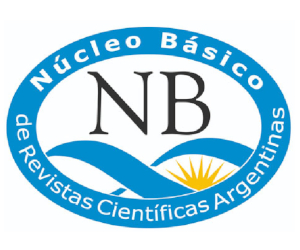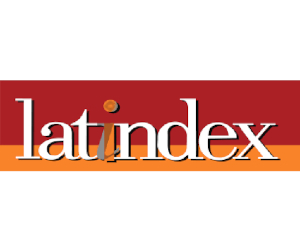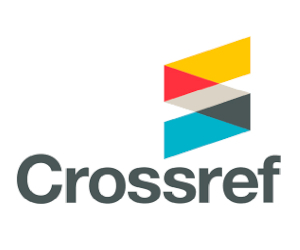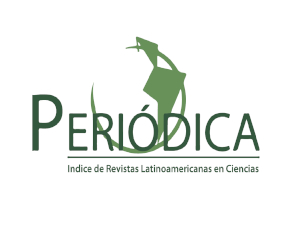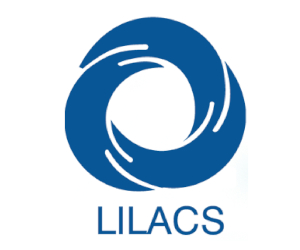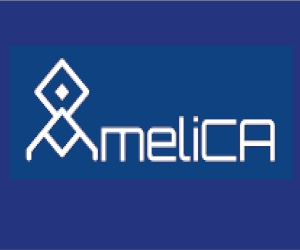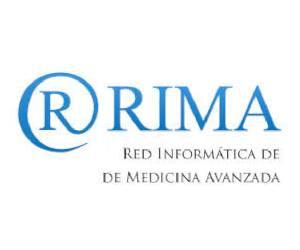BERNARDO HOUSSAY CONFERENCE: Topics of immunity and diabetes mellitus reviewed in the light of basic science and current technologies
DOI:
https://doi.org/10.47196/diab.v59i2.1195Keywords:
diabetes, immunity, antibodies, analysisAbstract
Conventional methods for measuring autoantibodies, called markers, in diabetes mellitus with an autoimmune component (type 1 diabetes and LADA), have been radiometric or enzymatic (ELISA). Anti-insulin autoantibodies (IAA) were among the first to be studied. Antibodies with the same specificity have also been detected in diabetic patients treated with insulin (AI) and in other rare diseases. In all these cases, the aforementioned tests were shown to be very sensitive, but they had the limitation of expressing relative results because they could not distinguish the two constituent parameters of the analytical signals, such as affinities and concentrations. The so-called absolute methods can discriminate these parameters and are appropriate to study in depth the cases in which very high levels of IAA or IA appear through conventional preliminary analyses.
We have selected three work models requested from our laboratory at the Institute of Humoral Immunity Studies (IDEHU, CONICET-UBA), required from different medical groups or by the biotechnology pharmaceutical industry. The common problem of these special studies was to overcome the limitations of the usual methods for measuring high-level specific anti-insulin antibodies and move to a higher level of complexity that would allow defining the real absolute levels of these antibodies. The objectives of the works published in these lines were diverse, such as providing more precise diagnostic support, or reorienting therapeutic administration in favor of insulin analogues. For the latter, the concepts of cross-reactivity and specificity in immunology were also reviewed in order to introduce the selectivity parameter (S), which allows the most precise quantitative expression of the interaction of antibodies against a panel of antigens with structural homologies. Finally, contributions were made to quality control required by official regulatory authorities for recombinant insulins produced by the biotechnology industry.
For all these approaches, the theoretical and practical scientific bases of radiometry were presented, which historically allowed the weighting of antibodies based on their absolute parameters, and the principles of current biosensors were incorporated, based on surface plasmonic resonance, which includes the determination of the kinetic parameters.
References
I. Sabljic AV, Bombicino SS, Marfía J I, Guerra LL, Penas-Steinhardt A, Faccinetti NI, Iacono RF, Poskus E, Trabucchi A, Valdez SN. Novel flow cytometric immunoassay for detection of proinsulin autoantibodies in diabetes mellitus employing a recombinant autoantigen expressed in E. Coli. Front Immunol Section Autoimmune and Autoinflammatory Disorders 2021;12:648021.
II. Bombicino SS, Sabljic AV, Faccinetti NI, Guerra LL, Marfía JI, Masci I, Trabucchi A, Poskus E, Valdez SN. Inmunoensayo multiplex para el diagnóstico simultáneo de diabetes mellitus autoinmune y enfermedad celíaca. Rev Soc Arg Diab 2020;54:3-14.
III. Hirata Y, Ishizu H, Ouchi N. Insulin autoimmunity in a case of spontaneous hypoglycemia J Jpn Diab Soc 1970;13:312-20.
IV. Bottazzo GF, Florin-Christensen A, Doniach D. Islet-cell antibodies in diabetes mellitus with autoimmune polyendocrine deficiencies. Lancet 1974;1279-83.
V. Palmer JP, Asplin CM, Clemons P, et al. Insulin antibodies in insulin-dependent diabetics before insulin treatment. Science 1983;222:1337.
VI. Achenbach P, Koczwara K, Knopff A, Naserke H, Ziegler AG, Bonifacio E. Mature high-affinity immune responses to (pro)insulin anticipate the autoimmune cascade that leads to type 1 diabetes. J Clin Invest 2004;114(4):589-97.
VII. Davidson J, De Bra D: Immunologic insulin resistance. Diabetes 1978;27:307-318.
VIII. Feldman H, Rodbard D, Levine D. Mathematical theory of cross-reactive radioimmunoassay and ligand-binding systems of equilibrium. Anal Biochem 1972;45: 530-556.
IX. Vaughan NJ, MatthewsA, Kurtz AB, Nabarro JD. The bioavailability of circulating antibody-bound insulin following insulin withdrawal in type 1 (insulin-dependent) diabetes. Diabetologia 1983;24(5):355-8.
X. Brizzio AM, Nieto RR, Cedola N, Poskus E, Gagliardino JJ. Dimensiones moleculares de los complejos inmunes insulina-antiinsulina presentes en el suero de pacientes diabéticos / Molecular size of circulating immune insulinantiinsulin complex in diabetic patients. Medicina (B.Aires) 1988;48(2);113-9.
XI. Trabucchi A, Iacono RF, Guerra LL, Faccinetti NI, Krochik AG, Arriazu MC, Poskus E, Valdez SN. Characterization of insulin antibodies by surface plasmon resonance in two clinical cases. Brittle diabetes and insulin autoimmune syndrome. PLoS One 2013;8:1-7.
XII. Trabucchi A, Guerra LL, Faccinetti NI, Iacono RF, Poskus E, Valdez SN. Surface plasmon resonance reveals a different pattern of proinsulin autoantibodies concentration and affinity in diabetic patients. PLoS One. 2012;7(3):e33574.
XIII. Cerrone GE, Caputo M, López AP, González C, Mazza C, Cédola N, Targovnik HM, Frechtel GD. Variable number of tandem repeats of the insulin gene determines susceptibility to latent autoimmune diabetes in adults. Mol Diagn 2004;8(1):43-9.
XIV. Chentoufi AA, Polychronakos C. Insulin expression levels in the thymus modulate insulin-specific autoreactive T-cells tolerance: the mechanism by which the IDDM2 locus may predispose to diabetes. Diabetes 2002;51:1383-90.
XV. Hoppu S, Ronkainen MS, Kimpimaki T, Simell S, Korhonen S, et al. Insulin autoantibody isotypes during the prediabetic process in young children with increased genetic risk of type 1 diabetes. Pediatr Res 2004;55:236-42.
XVI. Wasada T, Eguchi Y, Takayama S, Yao K, Hirata Y, et al. Insulin autoimmune syndrome associated with benign monoclonal gammopathy. Evidence for monoclonal insulin autoantibodies. Diabetes Care 1989;12:147-50.
XVII. Menon RK, Cohen RM, Sperling MA, Cutfield WS, Mimouni F, Khoury JC. Transplacental passage of insulin in pregnant women with insulin-dependent diabetes mellitus. Its role in fetal macrosomia. N Engl J Med 1990;323:309-15.
XVIII. Berzofsky JA, Schechter AN. The concepts of crossreactivity and specificity in immunology. Molecular Immunology 1981;18(8):751-63.
XIX. Cardoso LA, Pomares M, Avalos A, Lapertosa S, Frechtel G, Poskus E. Use of cross-reactivity immunoassay to orient insulin replacement in diabetic patients with high levels of insulin antibodies. MethodsX 2016;502-7.
XX. Casadevall N, Nataf J, Viron B, Kolta A, Kiladjian JJ, Martin-Dupont P, Michaud P, Papo T, Ugo V, Teyssandier I, Varet B, Mayeux P.; Pure red-cell aplasia and antierythropoietin antibodies in patients treated with recombinant erythropoietin. N Engl J Med 2002;346(7):469-75.
Downloads
Published
Issue
Section
License
Copyright (c) 2025 on behalf of the authors. Reproduction rights: Argentine Society of Diabetes

This work is licensed under a Creative Commons Attribution-NonCommercial-NoDerivatives 4.0 International License.
Dirección Nacional de Derecho de Autor, Exp. N° 5.333.129. Instituto Nacional de la Propiedad Industrial, Marca «Revista de la Sociedad Argentina de Diabetes - Asociación Civil» N° de concesión 2.605.405 y N° de disposición 1.404/13.
La Revista de la SAD está licenciada bajo Licencia Creative Commons Atribución – No Comercial – Sin Obra Derivada 4.0 Internacional.
Por otra parte, la Revista SAD permite que los autores mantengan los derechos de autor sin restricciones.





